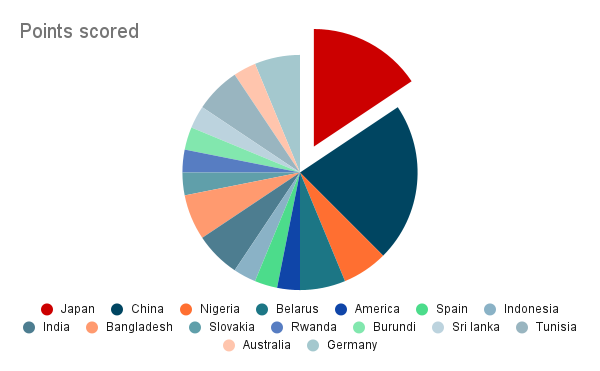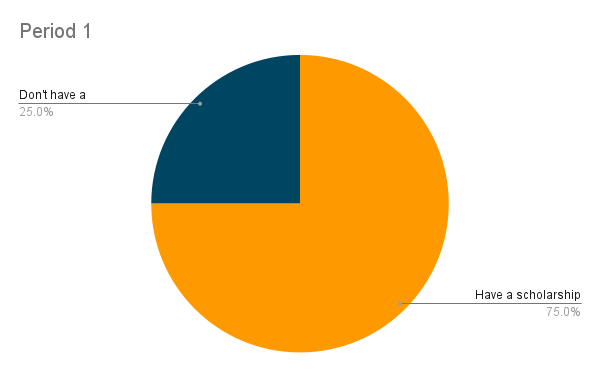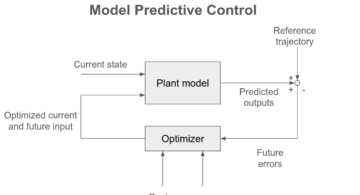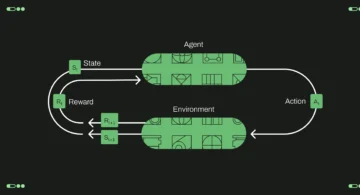Eyes, JAPAN
Thinking about Poverty of International Students with Design Thinking (English ver)
Tes
<Introduction>
Hello everyone! My name is Tesnim Ben Abddallah.
I’m a high school student and I have been involved in various activities.
In my second year of high school, I participated in a design thinking program sponsored by Stanford University for about a month during summer vacation. I had never even heard of the word design thinking until I participated in this program.
However, by participating in this program, I learned the concept of design thinking, and I still use it in various situations.
I had a goal to one day host a workshop using design thinking. At that time, I was given the opportunity to host a workshop at Eyes, JAPAN and decided to host this workshop.
<Outline of workshop>
On March 9, 2023, I held a service design workshop for Eyes, JAPAN members.
In this workshop, we used the concept of service design to think about “poverty among international students” for employees and internship students working at Eyes, JAPAN.
In this article, I would like to write an overview of the workshop as a report.
<About the workshop>
In this workshop, under the theme of “How can consensus be formed successfully?”, we thought about the poverty of international students from the perspective of service design.
In addition, this time, the workshop was held in a different way from other workshops, and the participants were limited to Eyes, JAPAN employees, and it was held online for the first time.
Date: March 9, 2023 (Thursday) 18:30-19:30
Venue: Eyes, JAPAN head office
Participants: 22 employees of Eyes, JAPAN
<About the relationship between Eyes, JAPAN and international students>
At Eyes, Japan, the venue for this workshop, there are many employees of foreign nationality.
As you can see from the graph below, except for the red pie chart (Japan), employees come from 15 countries around the world. About 85% of the employees of Eyes, JAPAN are foreign nationals.
At the company, most of the employees mainly speak English, and each of them has their own personality and can come into contact with various cultures, so I can spend a very lively day.
<Purpose of the workshop>
The reason why this workshop was limited to Eyes, JAPAN employees is that more than 80% of Eyes, JAPAN employees are foreign nationals.
Among them, there are many students who are enrolled in the University of Aizu and PhD students. This event was held exclusively for Eyes, JAPAN employees, thinking that there are not many opportunities for people from various countries, including Japanese, to gather in one place.
In addition, I wondered how many employees used scholarships while in college, so I decided to hold a workshop to focus on the problem of “poverty among international students” and think about it with design thinking.
<Contents of the workshop>
The theme of this time was about the 1st goal of SDGs, ′′ eliminate poverty ′′ However, there are many different kinds of poverty. It’s a very big theme and abstract, so I thought I’d drop it into a more concrete problem and think about it.
Therefore, since we were going to hold a workshop at Eyes, JAPAN, we thought that it would be easier for the participants to talk about familiar topics, so I decided to hold a workshop on the theme of “Poverty among International Students.”
<Flow of the workshop on the day>
First, we divided the participants into four teams and played an ice breaker using Jamboard.
As a self-introduction, I asked four questions: name, age, frequently used pictograms, and if you could only take one thing to a deserted island, what would it be? and write it on the sticky notes in Jamboard.
Many of the participants were using Jamboared for the first time, so it was a little difficult to operate. As I mentioned earlier, when I participated in a program sponsored by Stanford University, I used Jamboard and it was very convenient, so I decided to use it in my own workshop.
About Jamboard→https://edu.google.com/intl/ALL_jp/jamboard/
After the icebreaker, I gave a short presentation before the discussion.
I gave a presentation while showing the current situation of international students in Japan and, as mentioned at the beginning, the percentage of foreign employees at Eyes, JAPAN who are using scholarships.
I thought that some of the employees had come to Japan as exchange students at university, so I decided to take a survey and check the percentage.
The following is the percentage of the participants who used the scholarship this time.
Next, assuming that each member of the team is a diplomat of the country, we broke up in a breakout room and discussed what kind of problem “the poverty of international students” is as a representative of the country for 5 minutes.
Here too, as mentioned above, I did it while being aware that each person would give their opinion.
Also, the most important point of this workshop was how much we could express our opinions within the limited time. As with the ice breaker, we split up into teams and asked each team to put out a lot of problems of “poverty among international students” on the Jamboard sticky notes.
<Scene of team discussion>
It was very difficult to summarize opinions within the time limit, but I think that the ability to concisely summarize opinions is required in various situations, not just this workshop.
I hope that the participants of this workshop will know how to solve problems with design thinking.
<Future Issues>
In this workshop, we mainly discussed “poverty among international students”. As a reflection point in that, we focused on the SDGs theme of “No Poverty”, and more specifically, we discussed “Poverty among International Students”, but still was too large.
Here are some of the participants’ solutions to poverty among international students.
<Solutions proposed by participants>
・Allow more international students to work
・Give more part-time jobs
・Provide language learning before starting university if the country speaks its own language
・Making access to various information easier for international students to understand
・Tuition must be reimbursed 100%
・Simplification of restrictions on part-time jobs for international students
<Reflection points after doing the workshop>
This workshop could have been held face-to-face, but I decided to do it online. When I participated before, I was in the middle of the corona misfortune, so I did it online.
However, some equipment problems occurred in this workshop, so I will introduce some equipment precautions and points for those who will refer to this workshop in the future.
・Preparing the Internet environment (We recommend that you check the equipment of the participants as well as the organizer in advance)
・Mute setting in breakout room
・Time adjustment (Set so that you can automatically return to the whole room when there is a time limit)
<Finally>
By hosting this workshop, I realized that it is possible to use service design to build new consensus. Service design is also a method for understanding the needs of customers and stakeholders, and it is also possible to collect the information necessary for consensus building.
First, identify the problem or issue to be agreed upon, identify the stakeholders, and use service design techniques to conduct surveys and interviews to understand their needs and requirements. You can also create user experience maps and process flow diagrams to visualize the causes of problems and remedial measures. Additionally, these techniques can be used to build consensus among stakeholders. Stakeholders exchange ideas based on data and information and set common goals for problem solving.
By using service design to build consensus, I believe we can promote communication between stakeholders and deepen common understanding. We believe that this will enable us to find effective approaches to problem solving and lead to better service provision. It is not possible to hold a workshop just once like this time and come up with a solution smoothly.
However, I think it is meaningful to think about various problems using the means of service design.
This workshop was held in a limited time of one hour, but I thought that a solution would gradually come into view as I continued to think about the workshop two or three times. .
Service design realizes a better customer experience by understanding customer contact points and customer needs, and designing business models, processes, systems, human resources, etc. for providing services in an integrated manner.
From now on, I would like to actively use the concept of service design to further upgrade and take on the challenge of solving problems.
I hope that everyone who reads this article will deepen their knowledge of design thinking and use it as a way to think about various problems.
Thank you for reading until the end!










 2025/12/12
2025/12/12 2025/12/07
2025/12/07 2025/11/06
2025/11/06 2025/10/31
2025/10/31 2025/10/24
2025/10/24 2025/10/03
2025/10/03 2025/08/30
2025/08/30 2025/08/22
2025/08/22